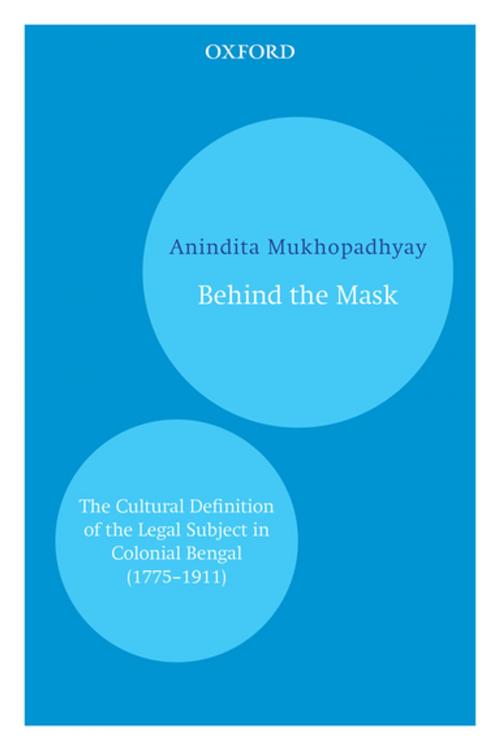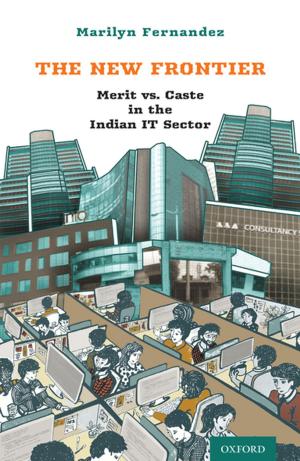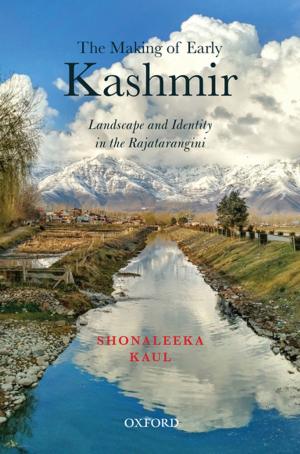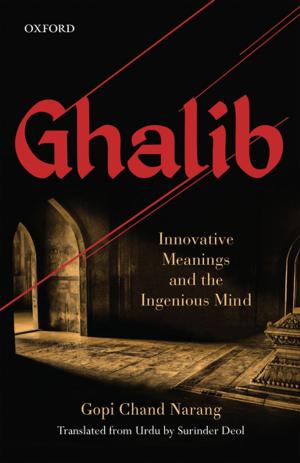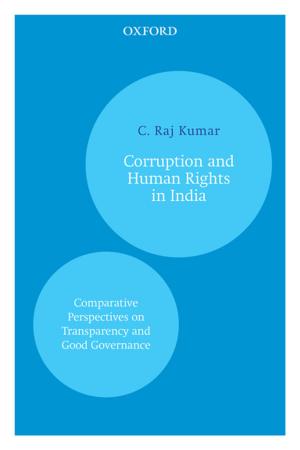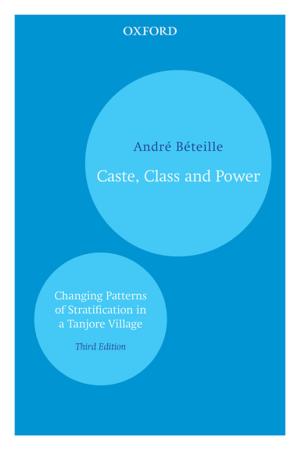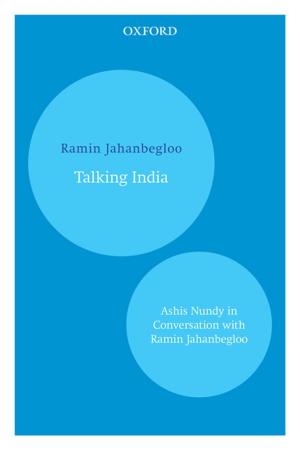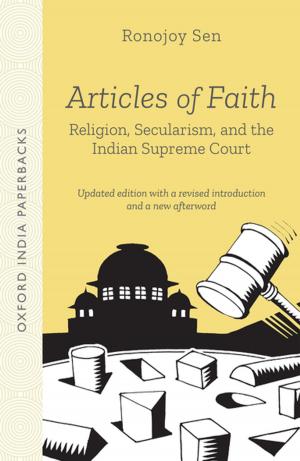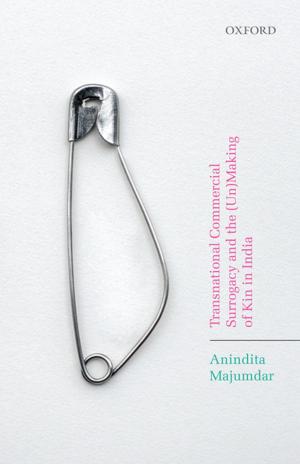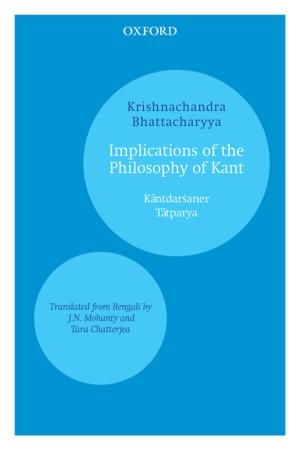Behind the Mask
The Cultural Definition of the Legal Subject in Colonial Bengal (1715–1911)
Nonfiction, History, Asian, India, Reference & Language, Law| Author: | Anindita Mukhopadhyay | ISBN: | 9780199087815 |
| Publisher: | OUP India | Publication: | October 6, 2006 |
| Imprint: | OUP India | Language: | English |
| Author: | Anindita Mukhopadhyay |
| ISBN: | 9780199087815 |
| Publisher: | OUP India |
| Publication: | October 6, 2006 |
| Imprint: | OUP India |
| Language: | English |
This book investigates the deeper area of class antagonism between the privileged and underprivileged classes as they faced the colonial state and its different ideas of legality and sovereignty in colonial Bengal. It examines the ambiguity in the bhadralok—the educated middle class— response to courts and jails. The author argues that the discourse of superior ‘bhadralok’ ethics and morals was juxtaposed against the ‘chhotolok’—who were devoid of such ethical values. This enabled the bhadralok to claim for themselves the position of the ‘aware’ legal subject as a class—a ‘good’ subject obedient to the dictates of the new rule of law, unlike the recalcitrant and ethically ill-equipped chhotolok. The author underlines the development of a new cultural language of morality that delineated the parameters of bhadralok public behaviour. As the ‘rule of law’ of the British government slid unobtrusively into the public domain, the criminal courts and the jails turned into public theatres of infamy—spaces that the ethically bound bhadralok dreaded occupying. The volume, thus, documents how the colonial legal and penal institutions streamlined the identities of some sections of the lower castes into ‘criminal caste’. It also examines the nature of colonial bureaucracy and highlights the social silence on gender and women's criminality.
This book investigates the deeper area of class antagonism between the privileged and underprivileged classes as they faced the colonial state and its different ideas of legality and sovereignty in colonial Bengal. It examines the ambiguity in the bhadralok—the educated middle class— response to courts and jails. The author argues that the discourse of superior ‘bhadralok’ ethics and morals was juxtaposed against the ‘chhotolok’—who were devoid of such ethical values. This enabled the bhadralok to claim for themselves the position of the ‘aware’ legal subject as a class—a ‘good’ subject obedient to the dictates of the new rule of law, unlike the recalcitrant and ethically ill-equipped chhotolok. The author underlines the development of a new cultural language of morality that delineated the parameters of bhadralok public behaviour. As the ‘rule of law’ of the British government slid unobtrusively into the public domain, the criminal courts and the jails turned into public theatres of infamy—spaces that the ethically bound bhadralok dreaded occupying. The volume, thus, documents how the colonial legal and penal institutions streamlined the identities of some sections of the lower castes into ‘criminal caste’. It also examines the nature of colonial bureaucracy and highlights the social silence on gender and women's criminality.
